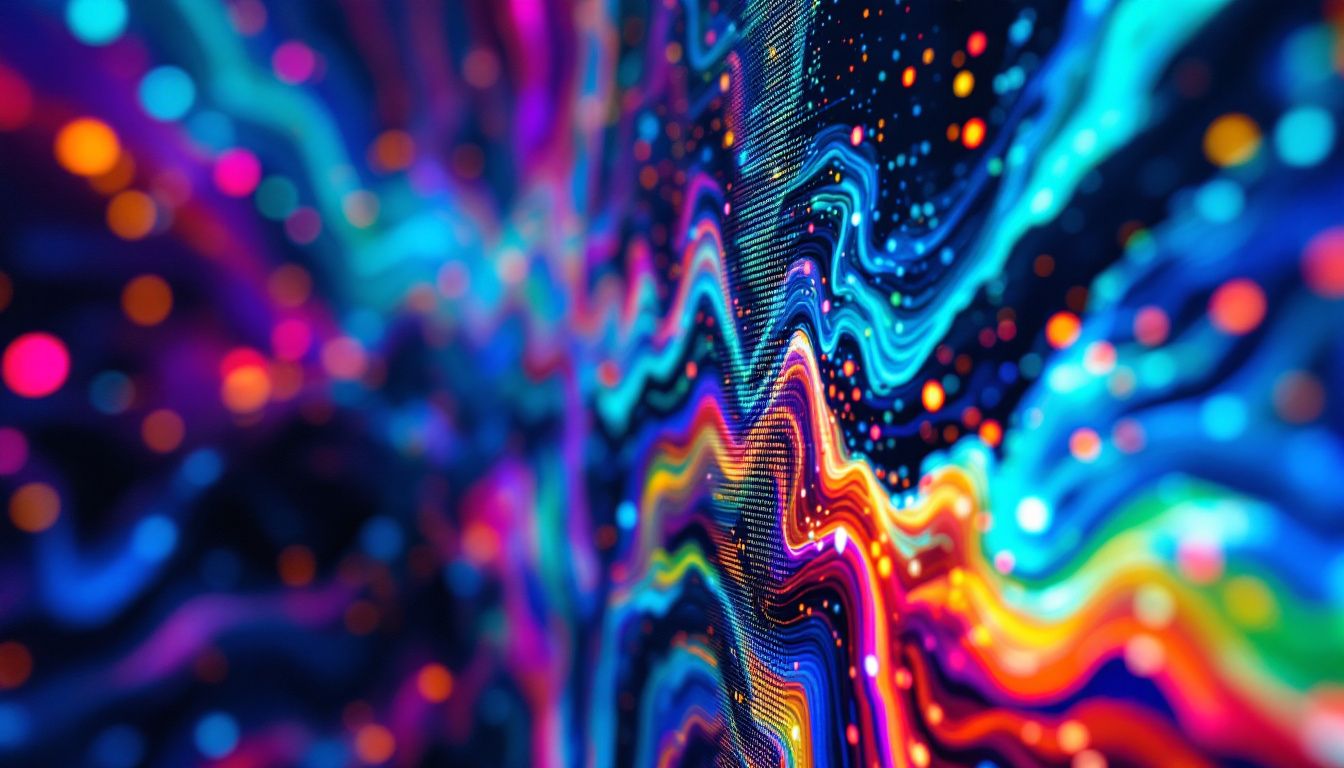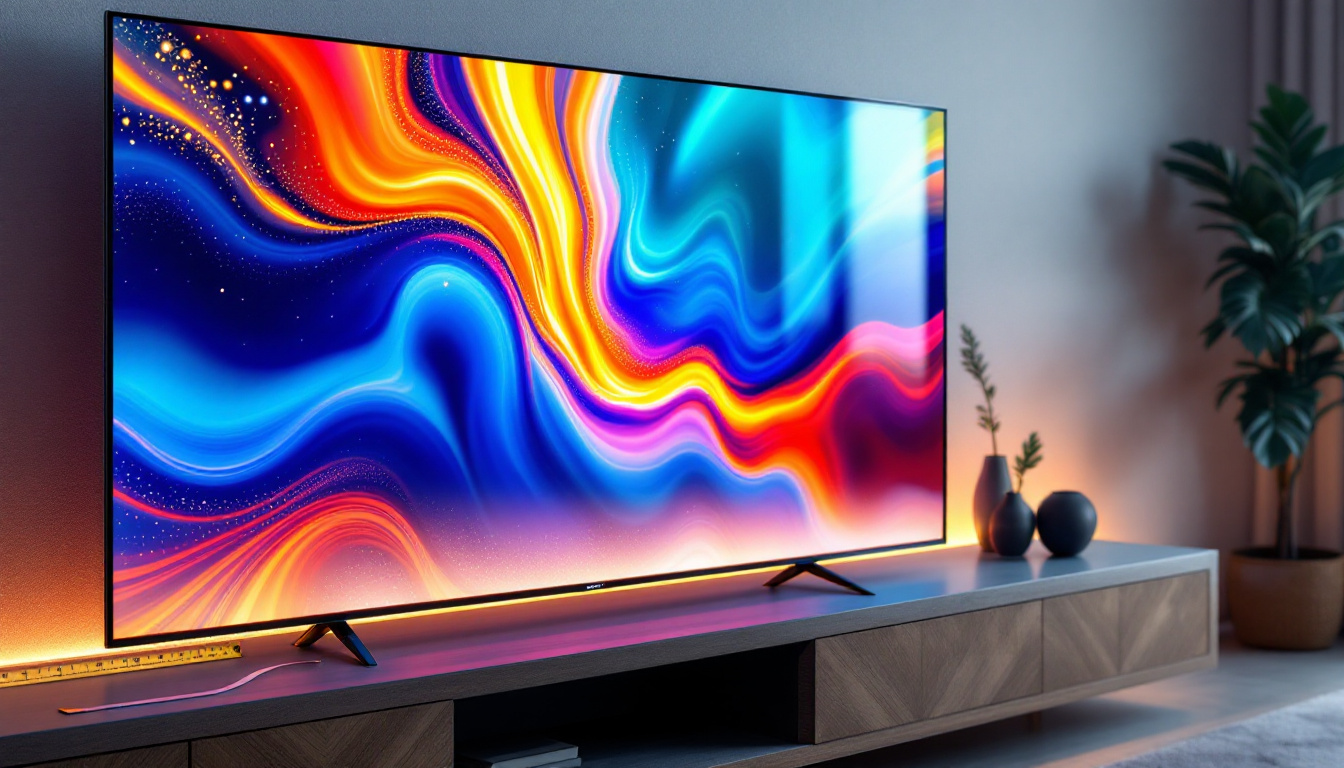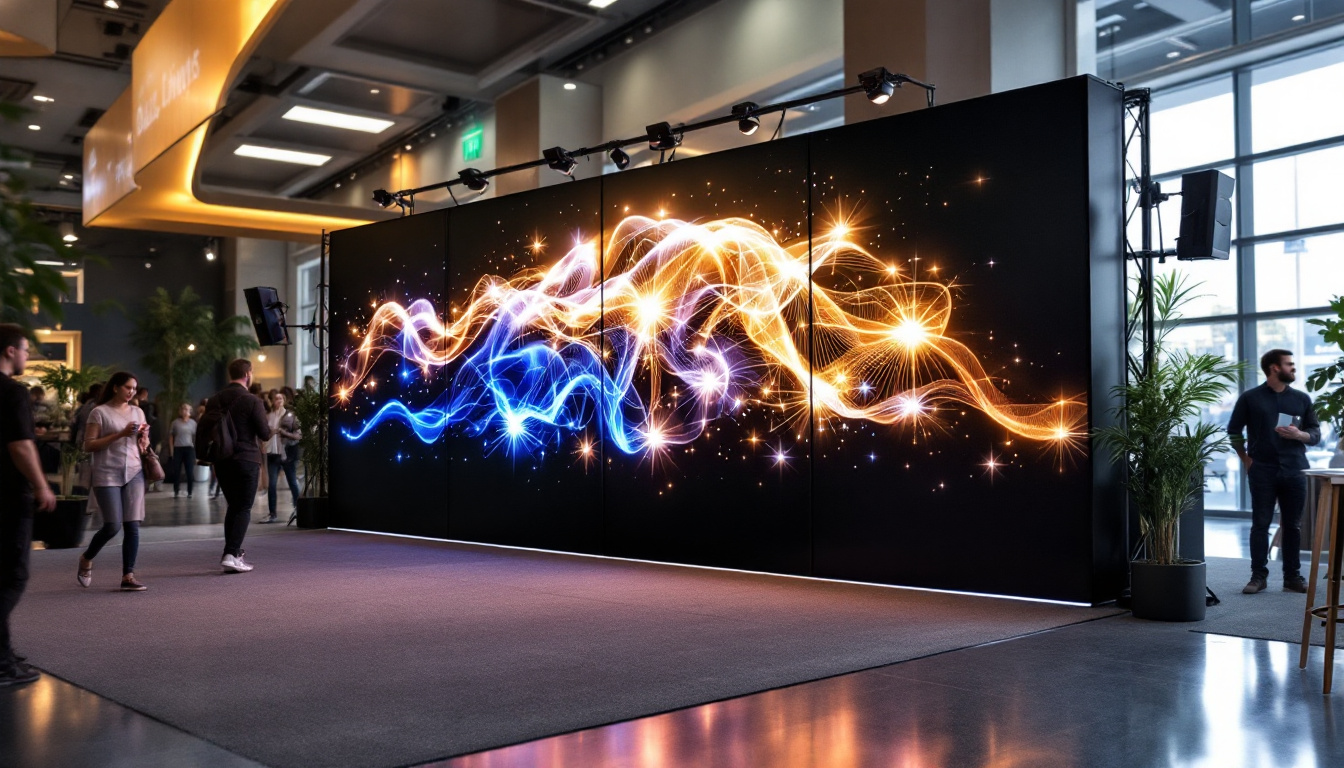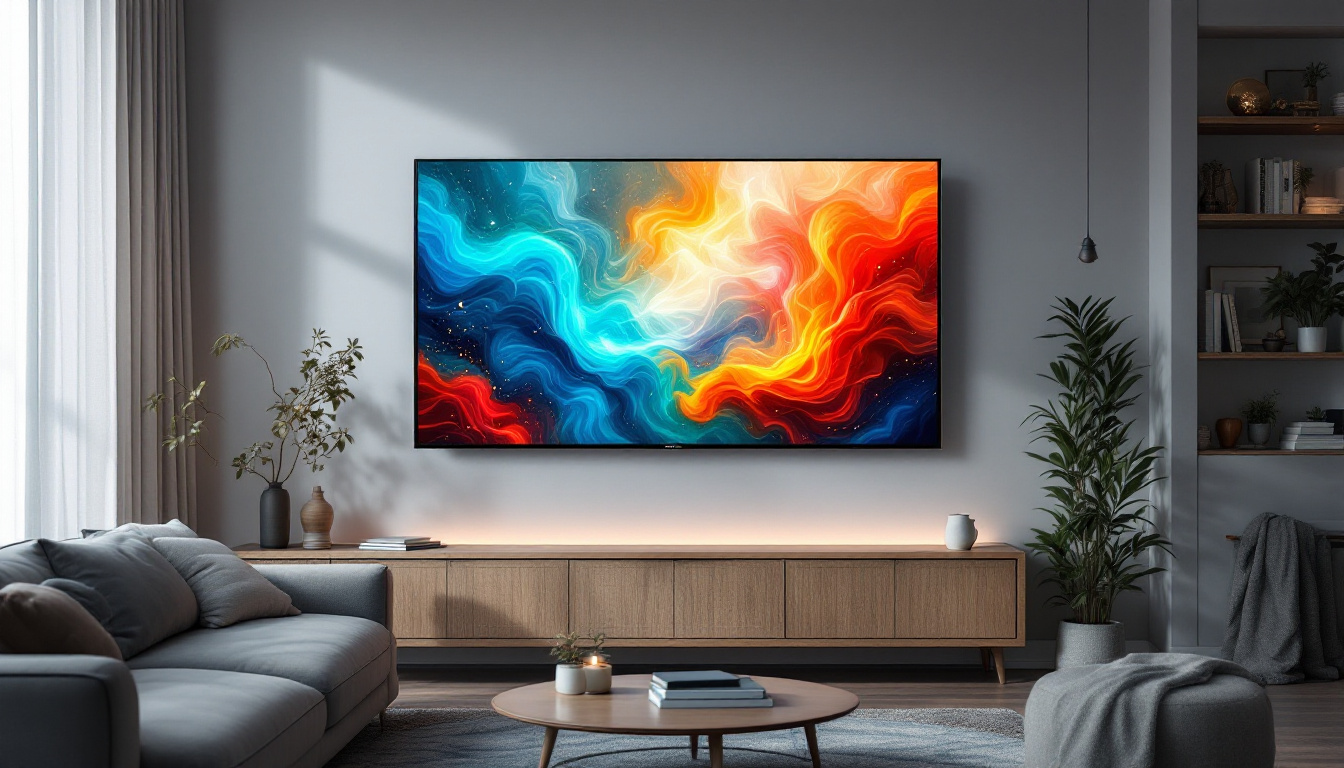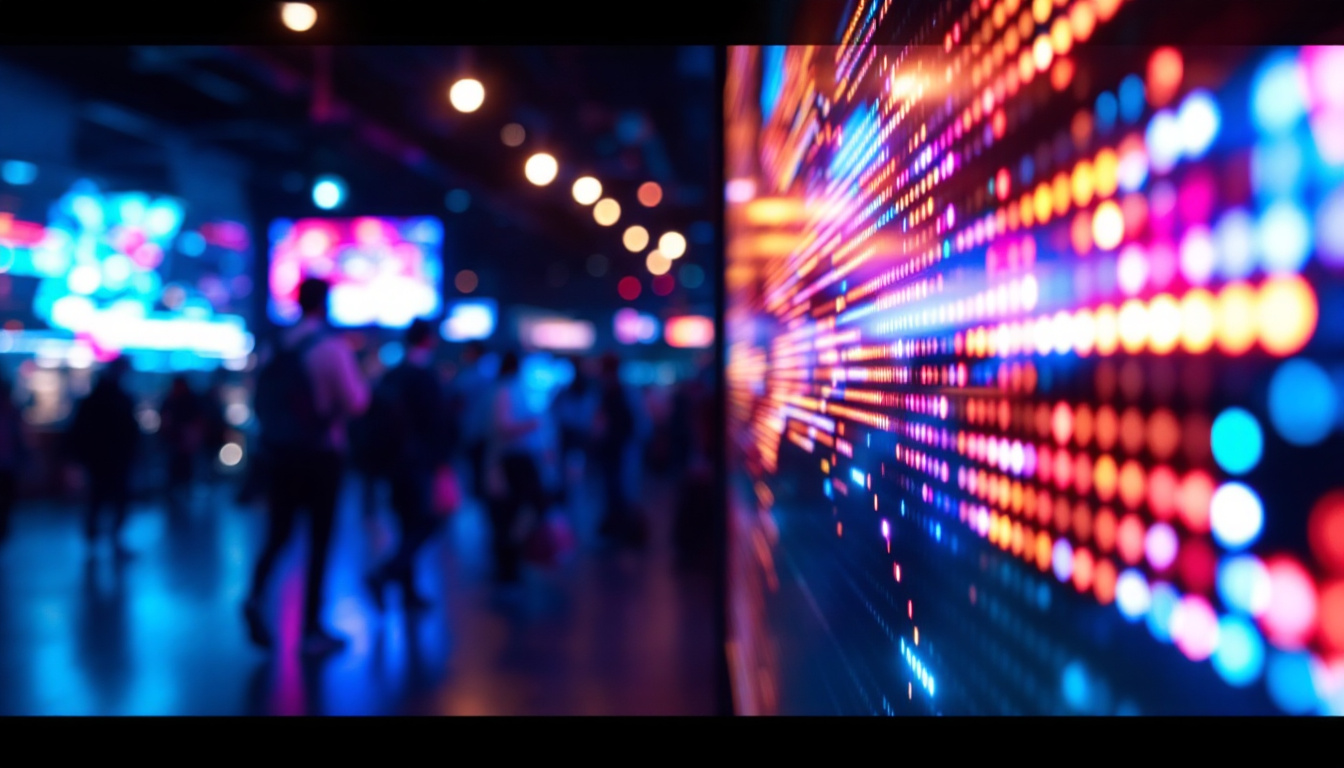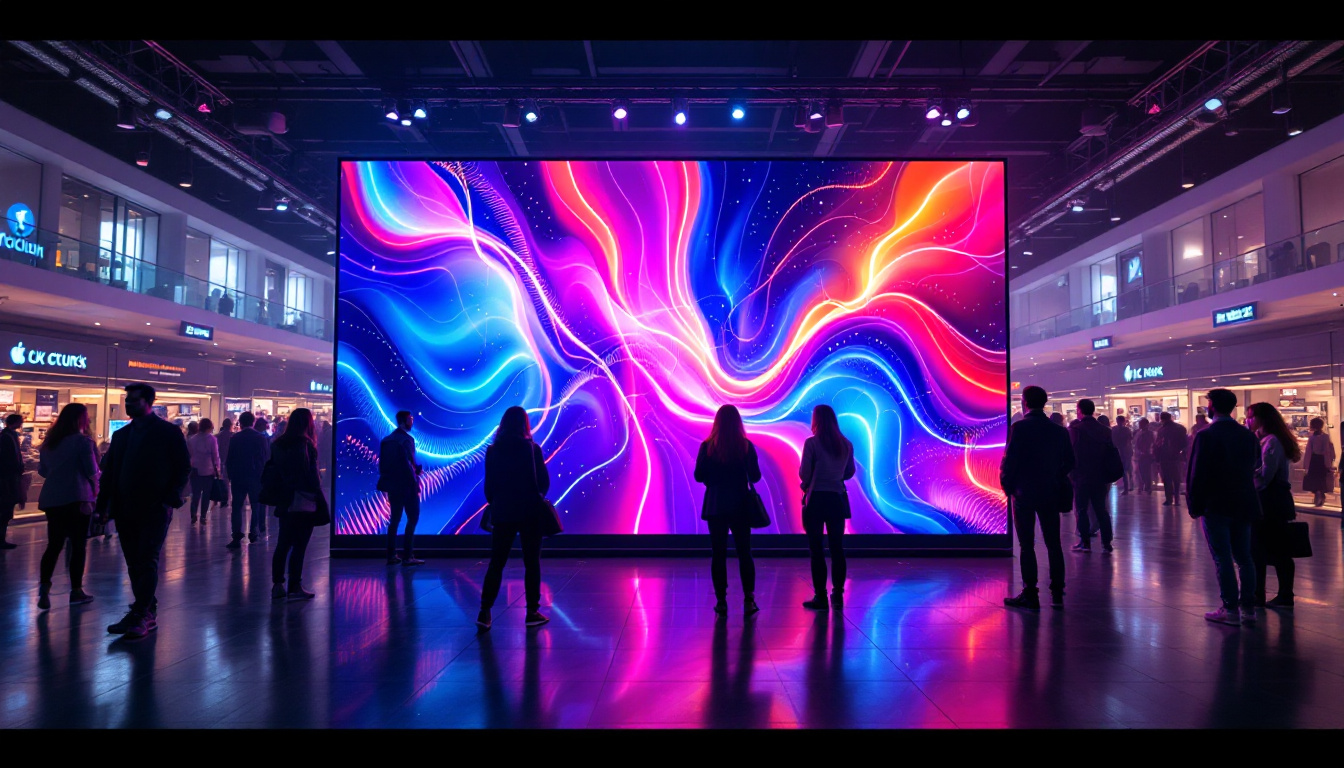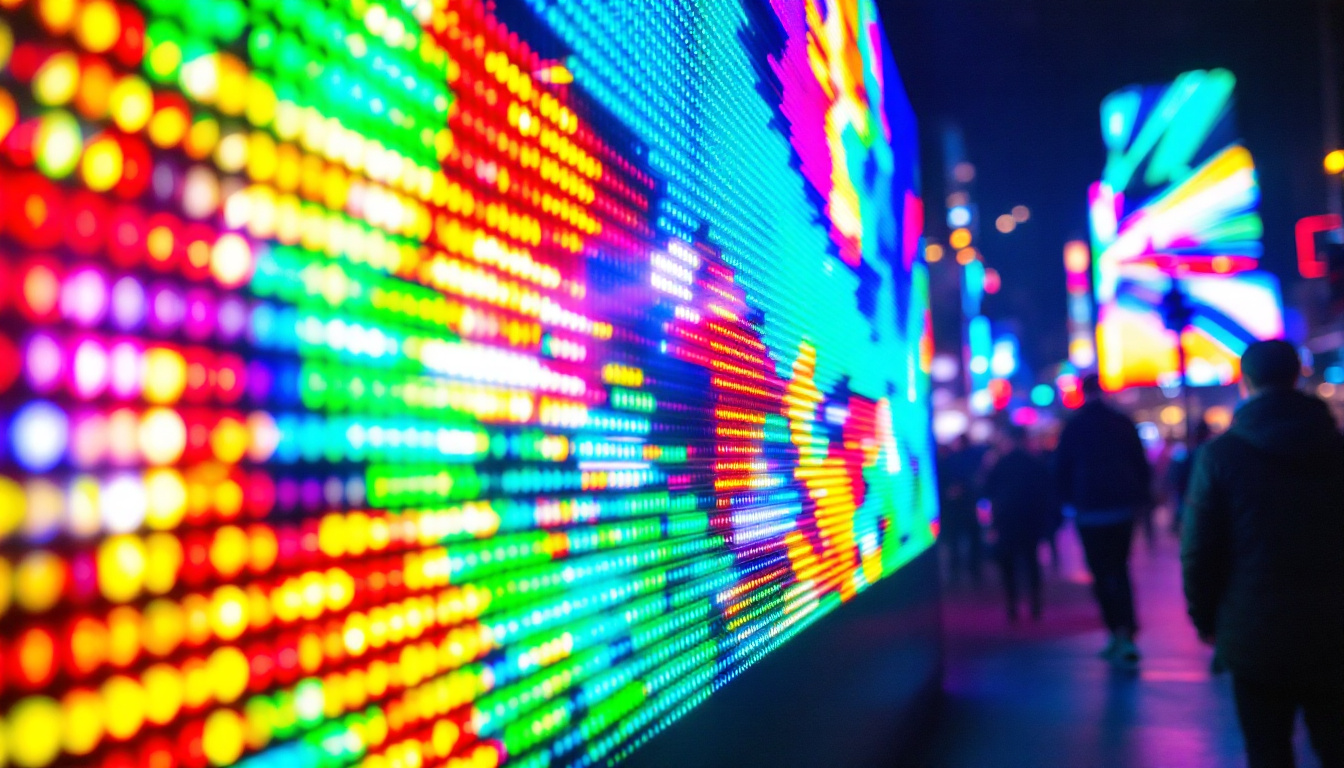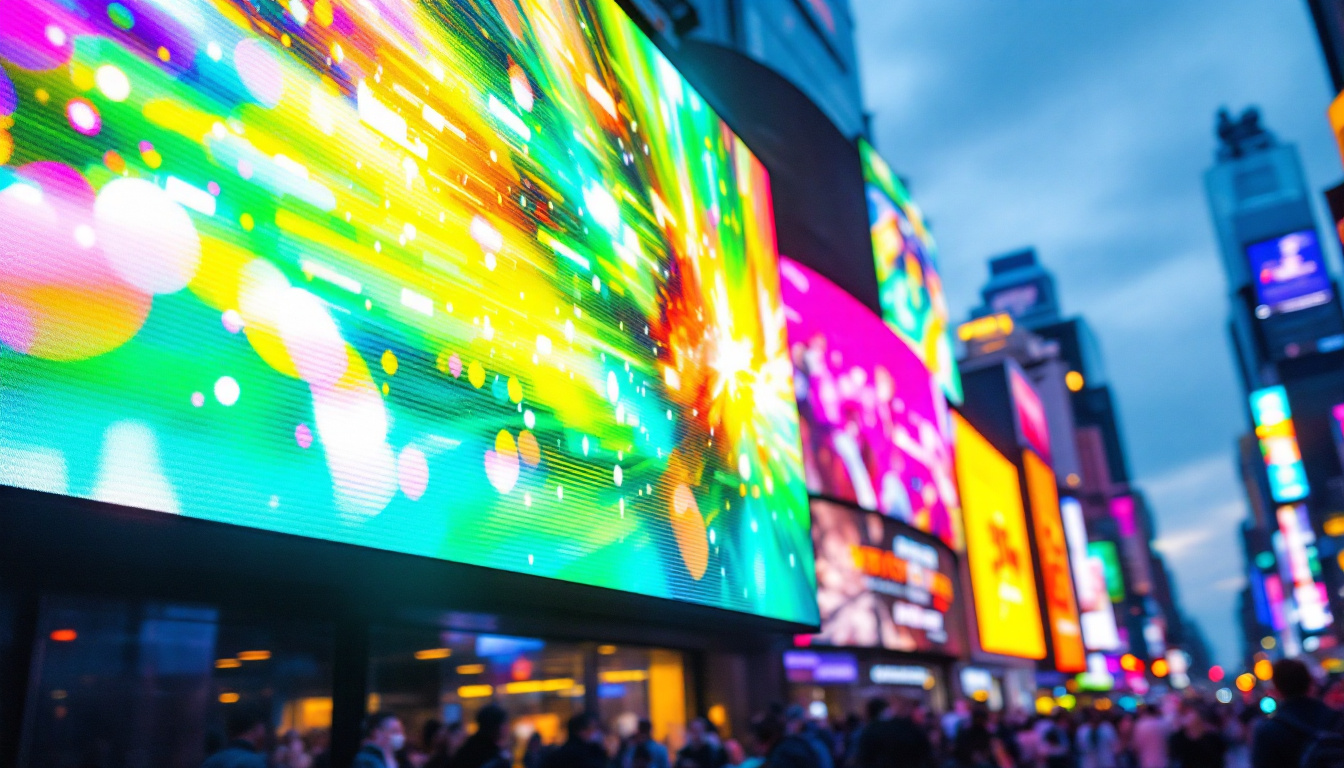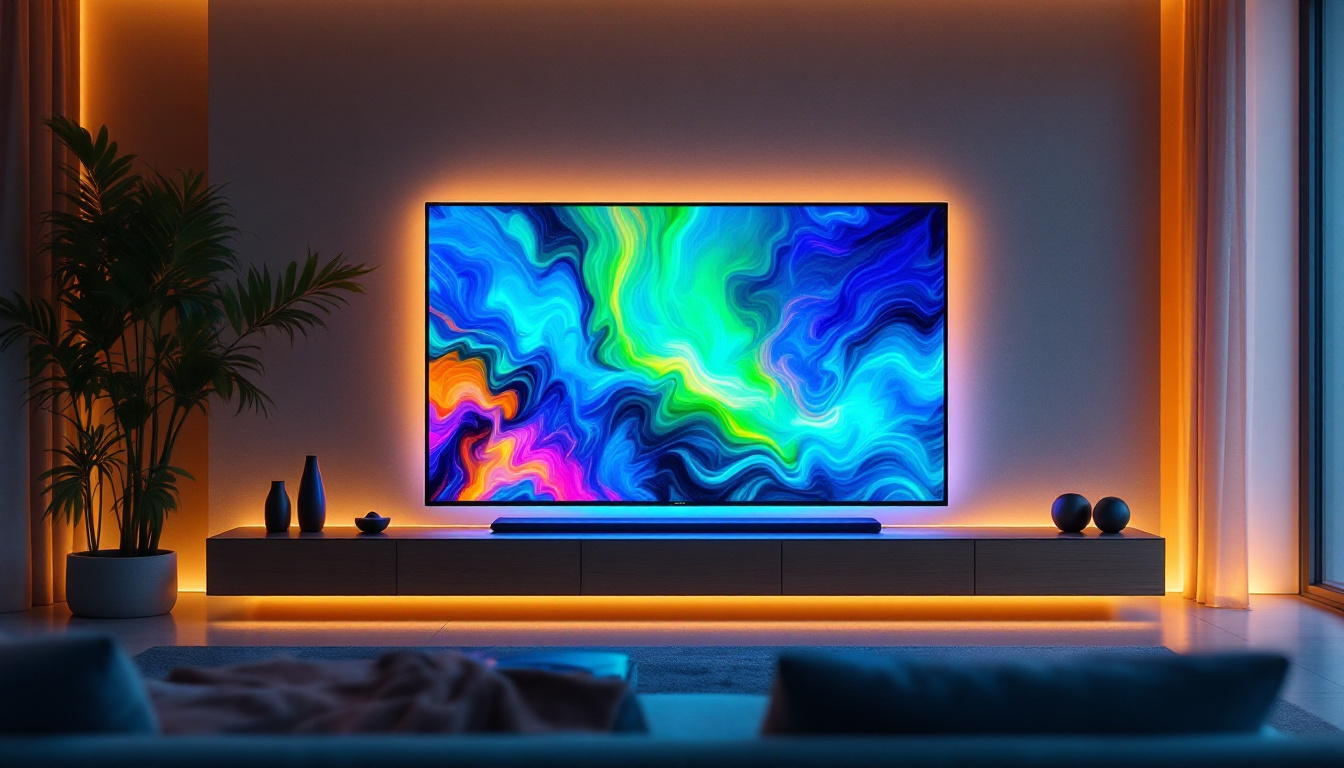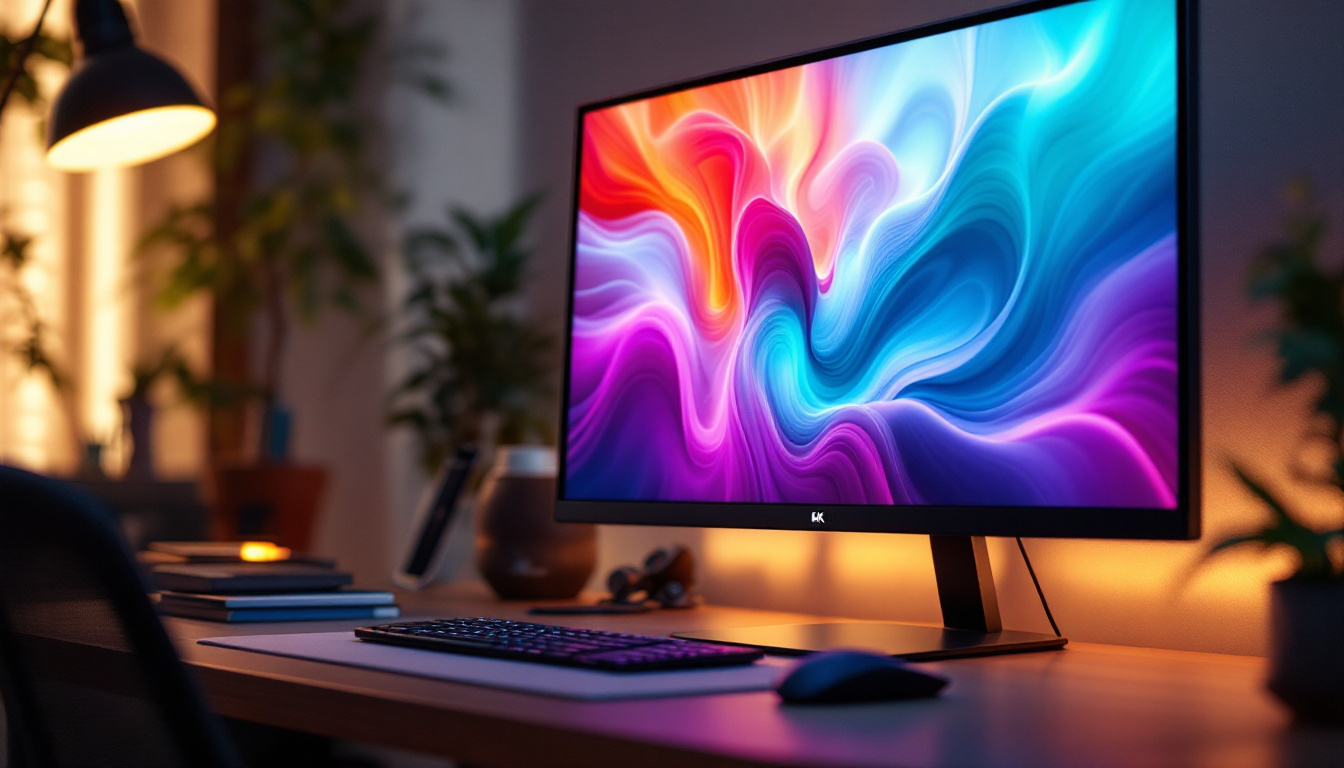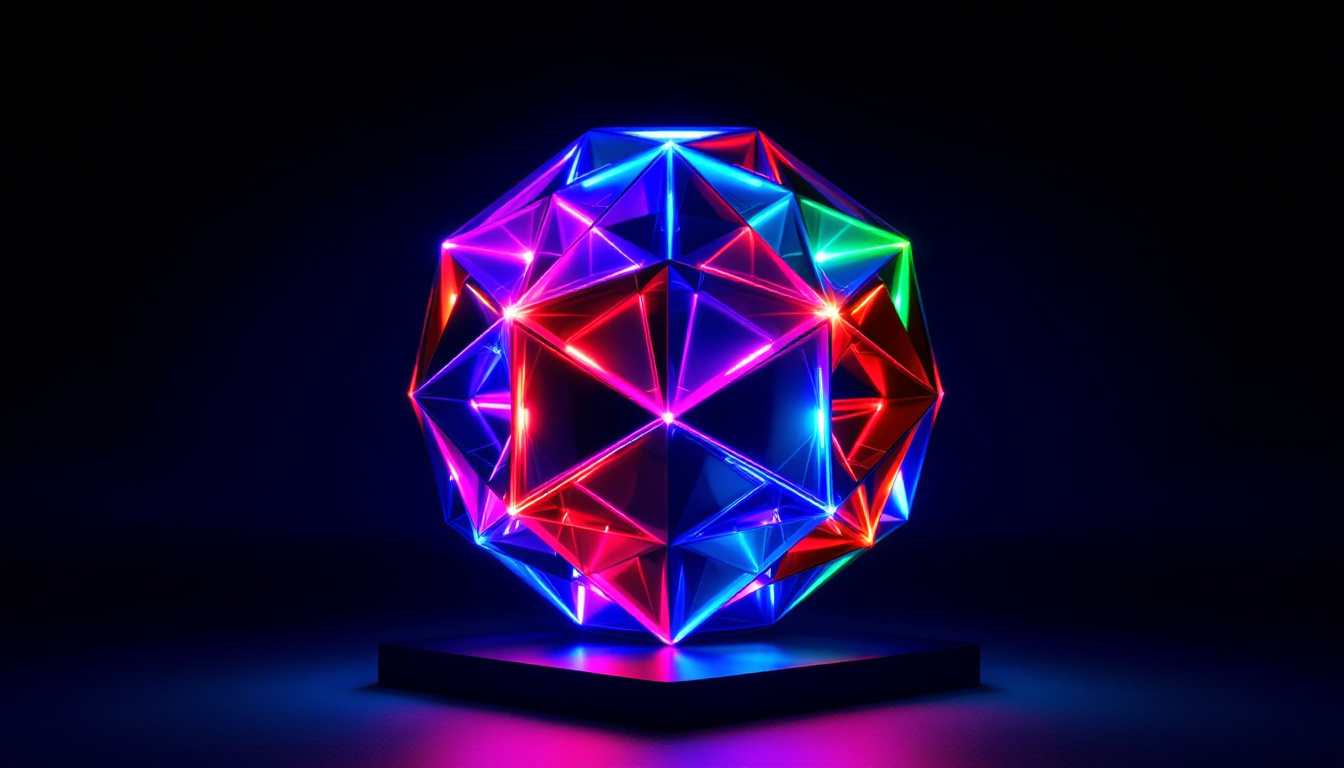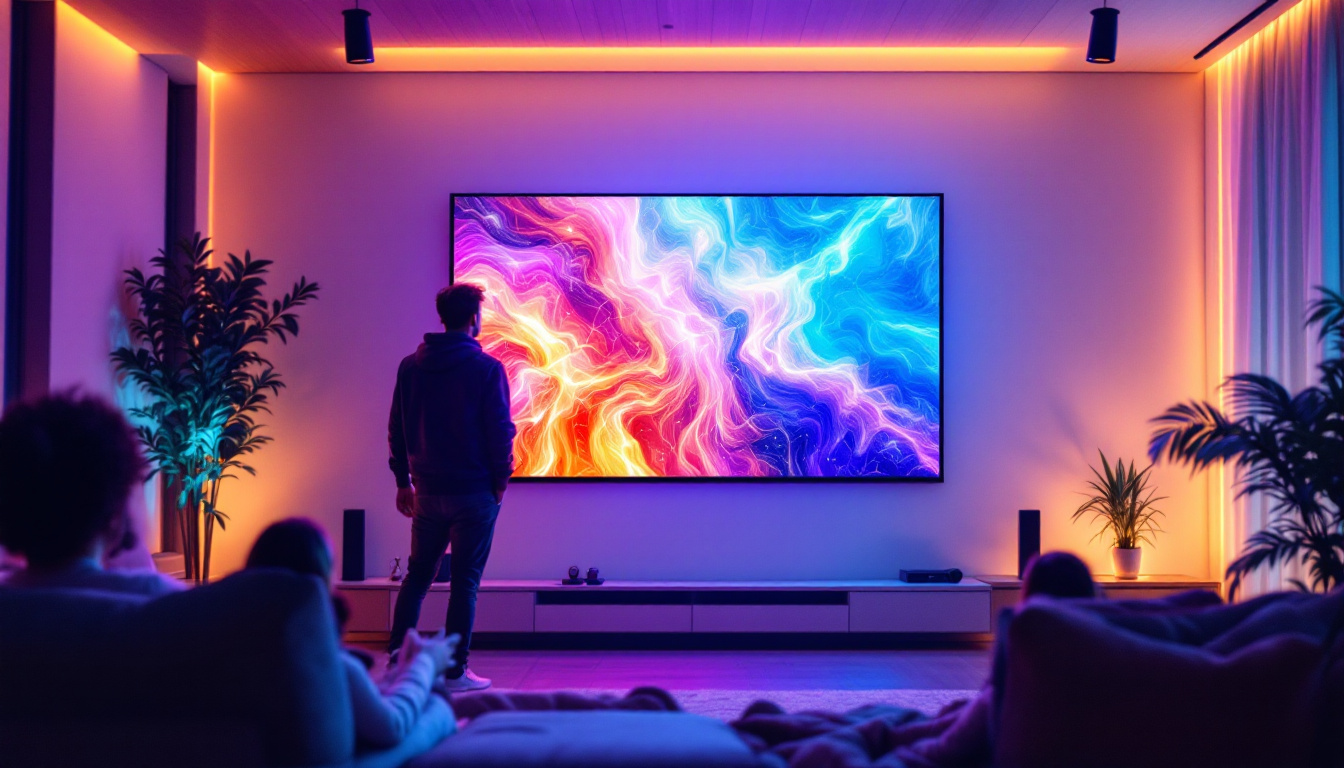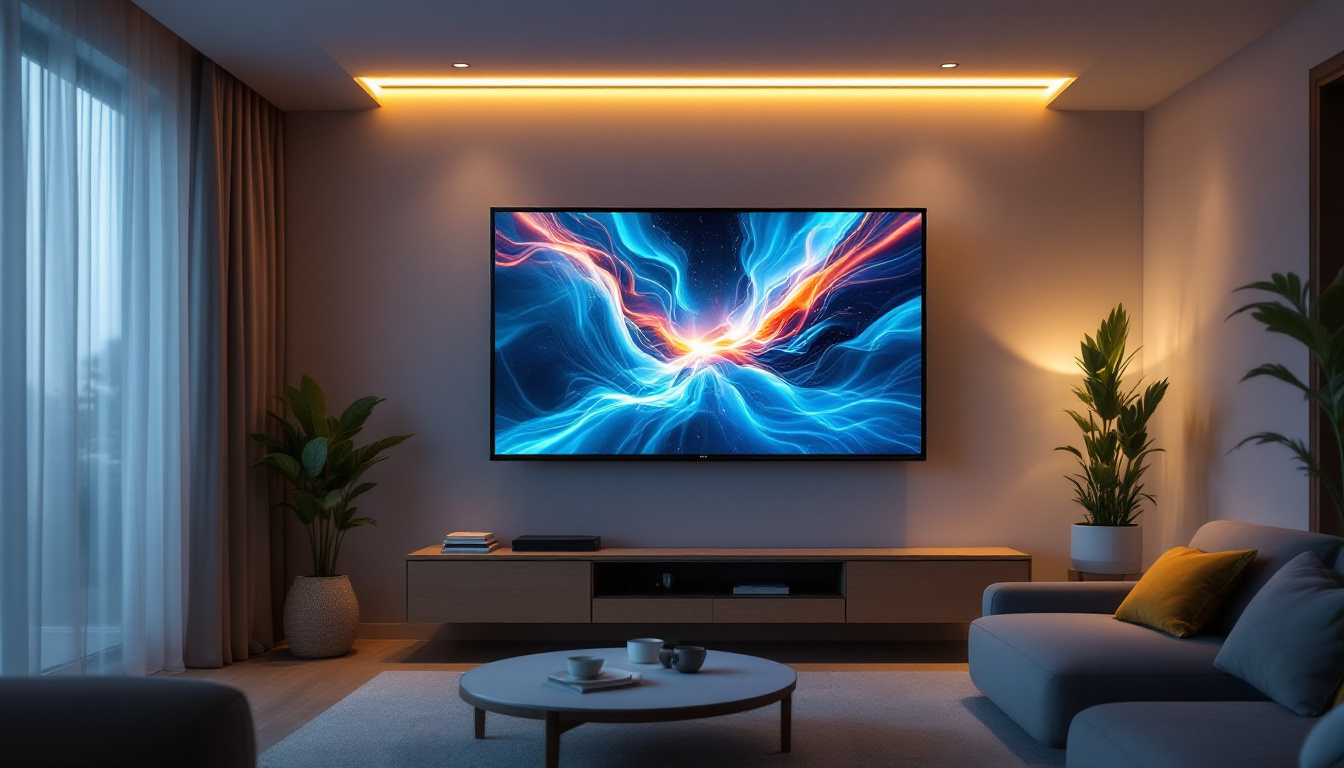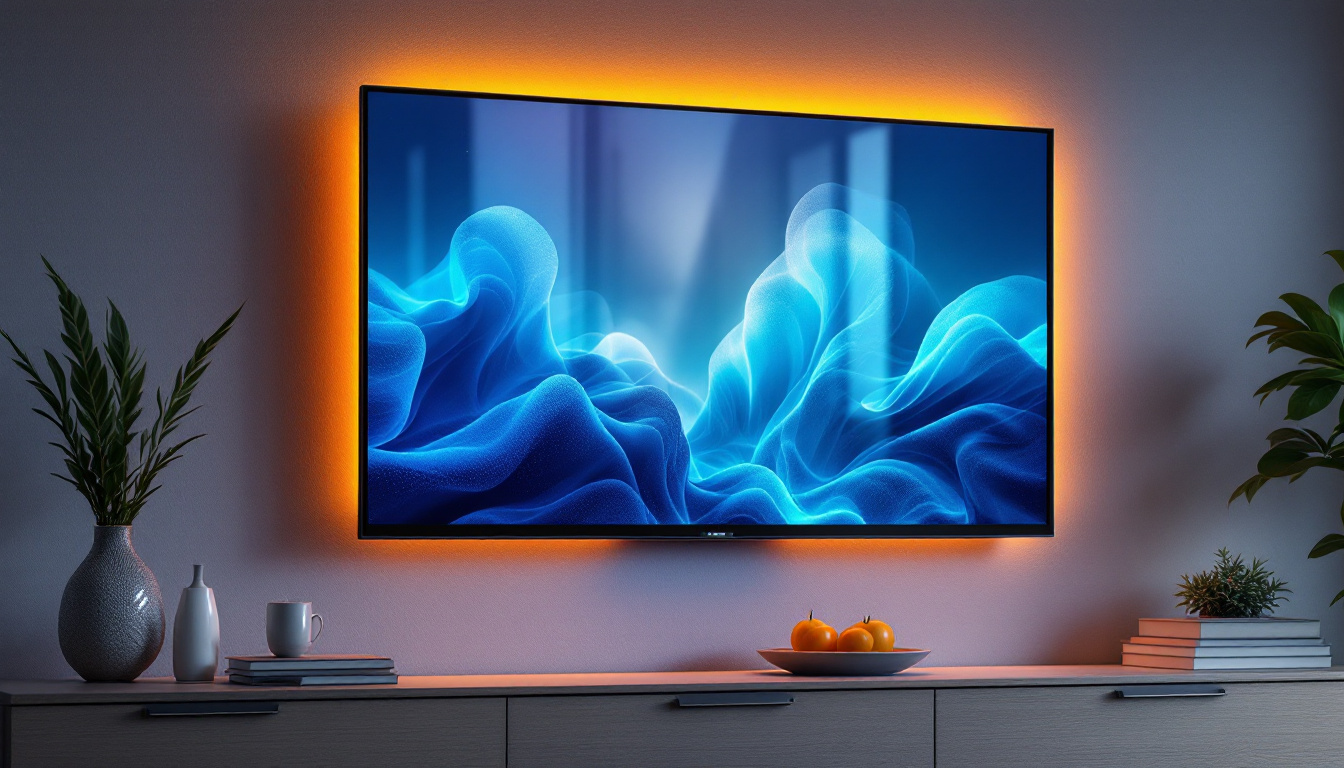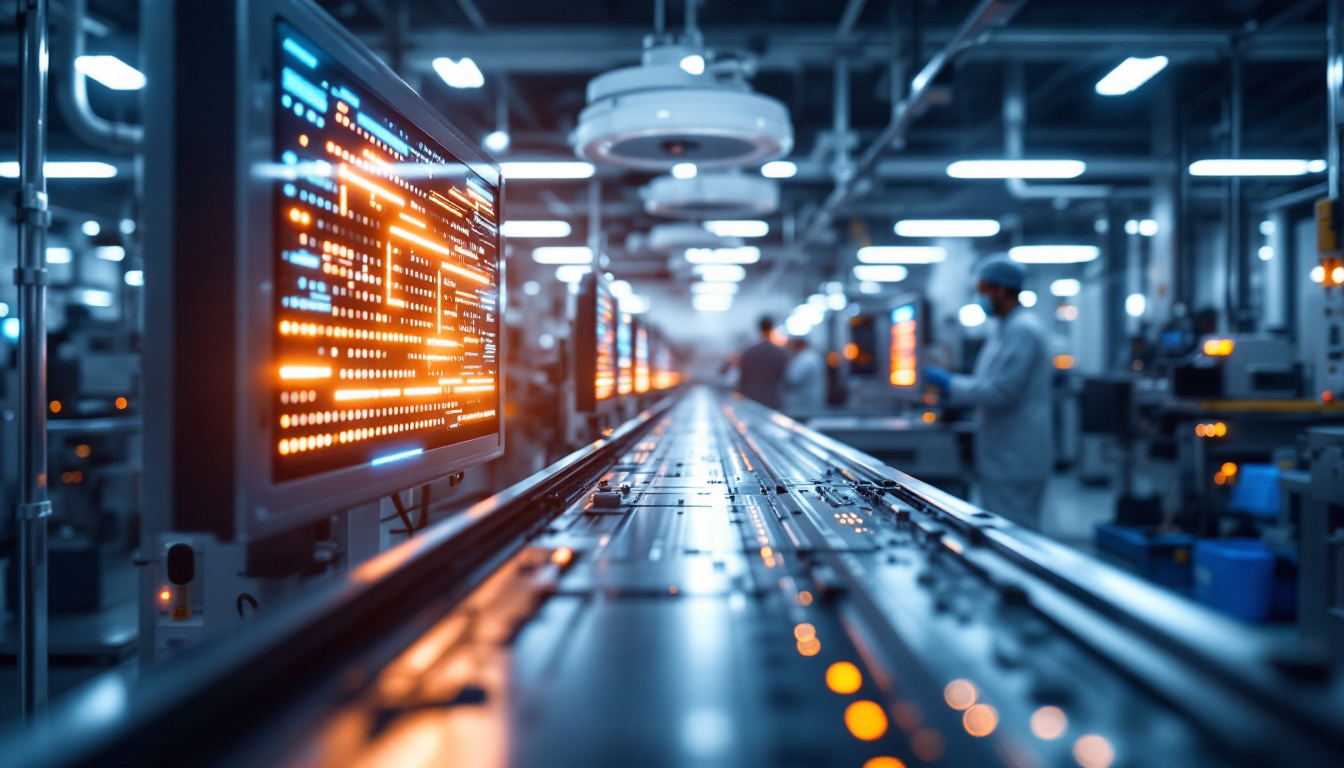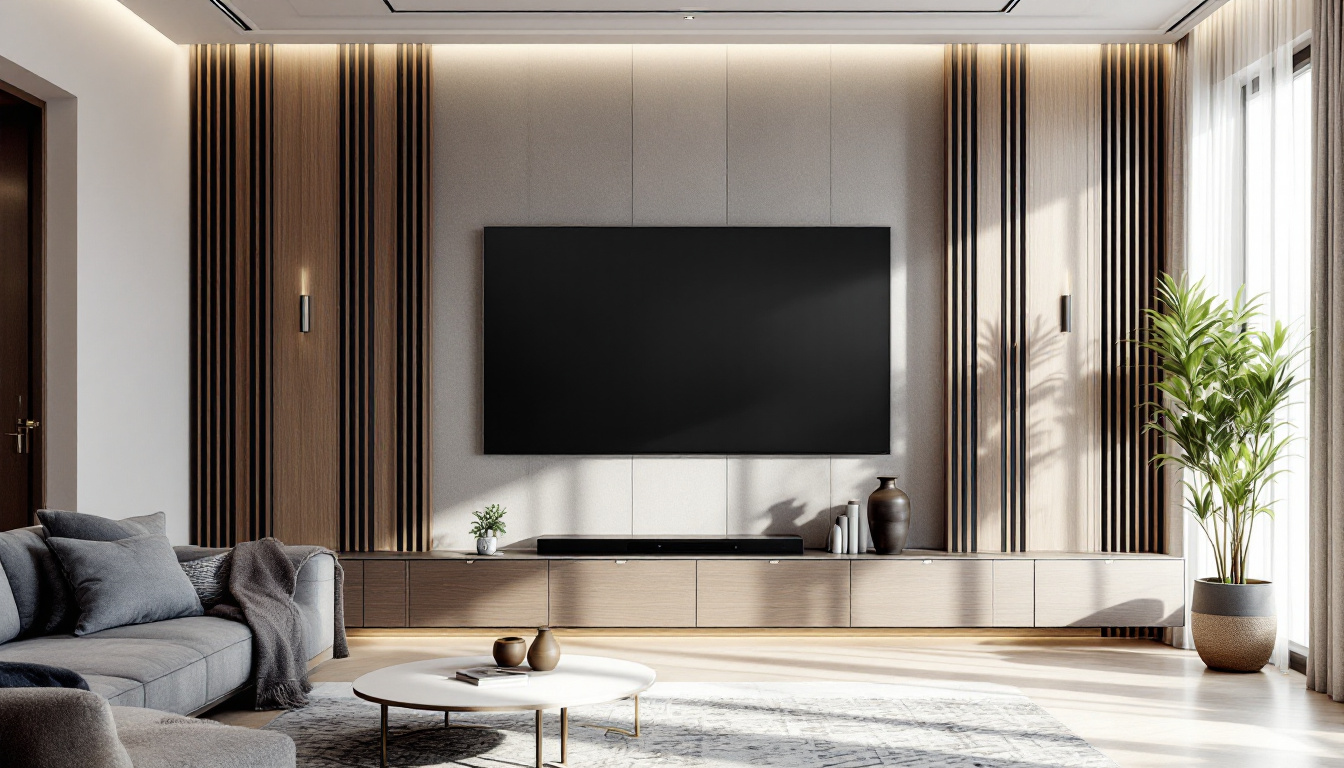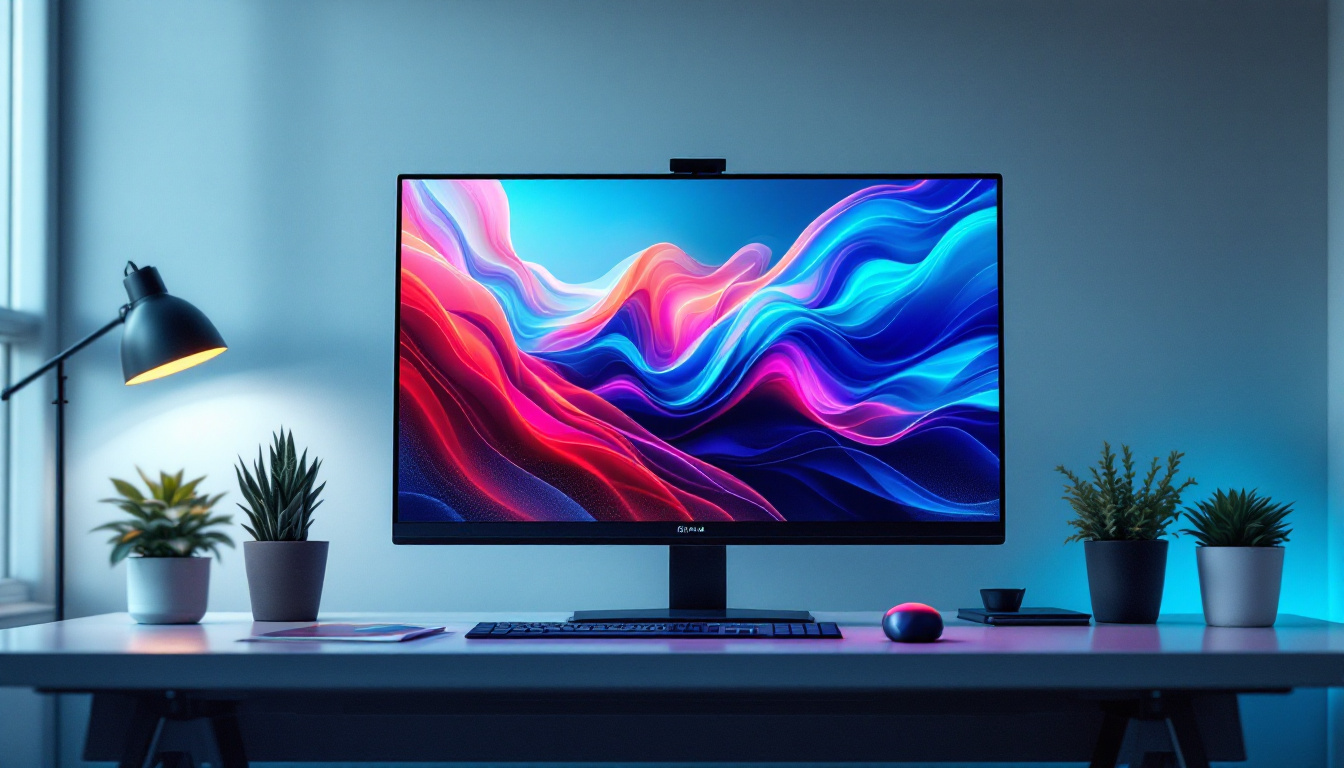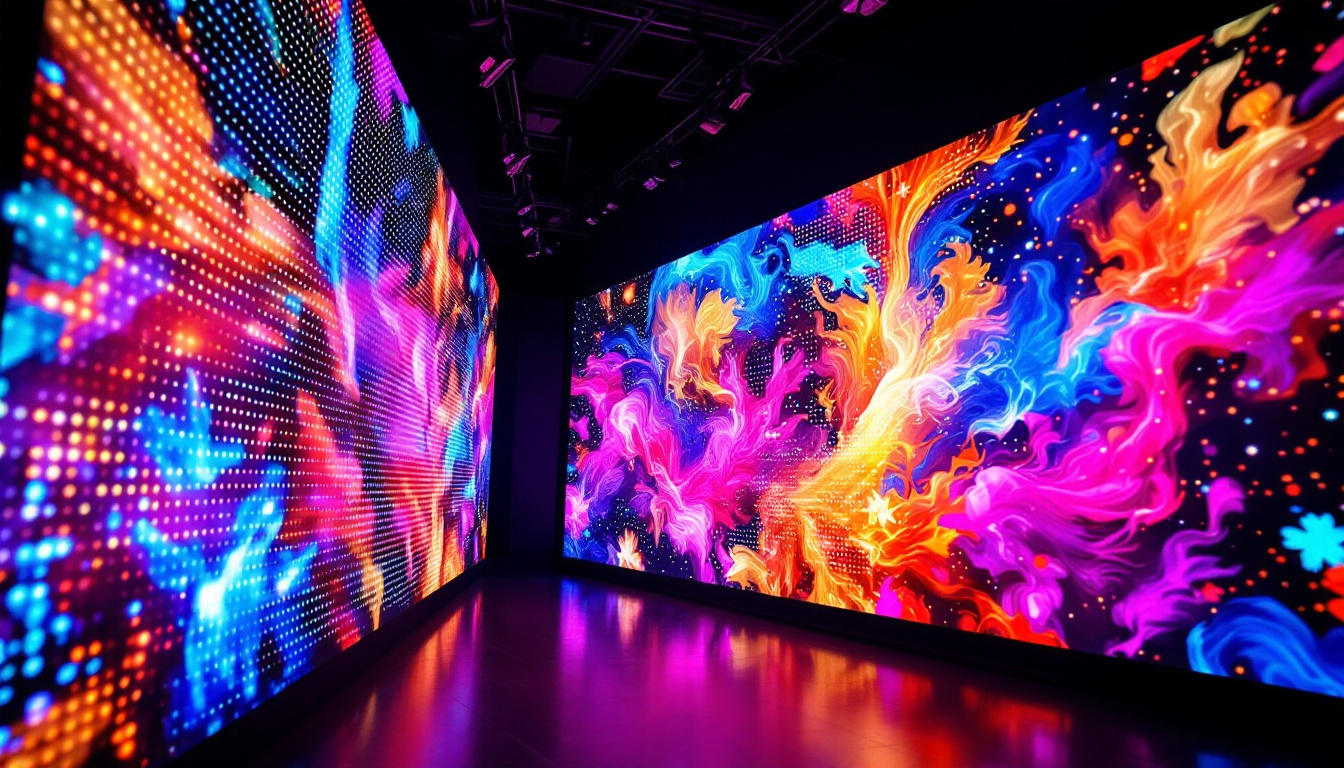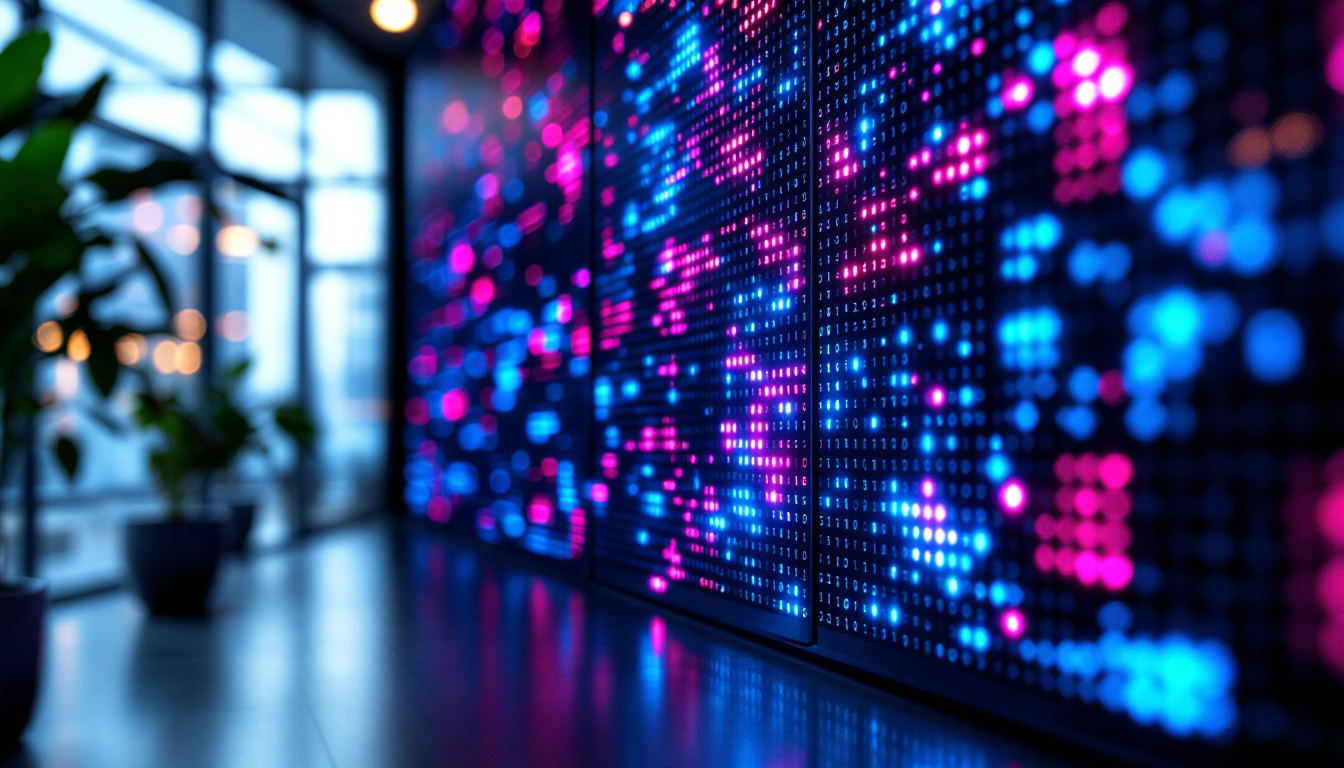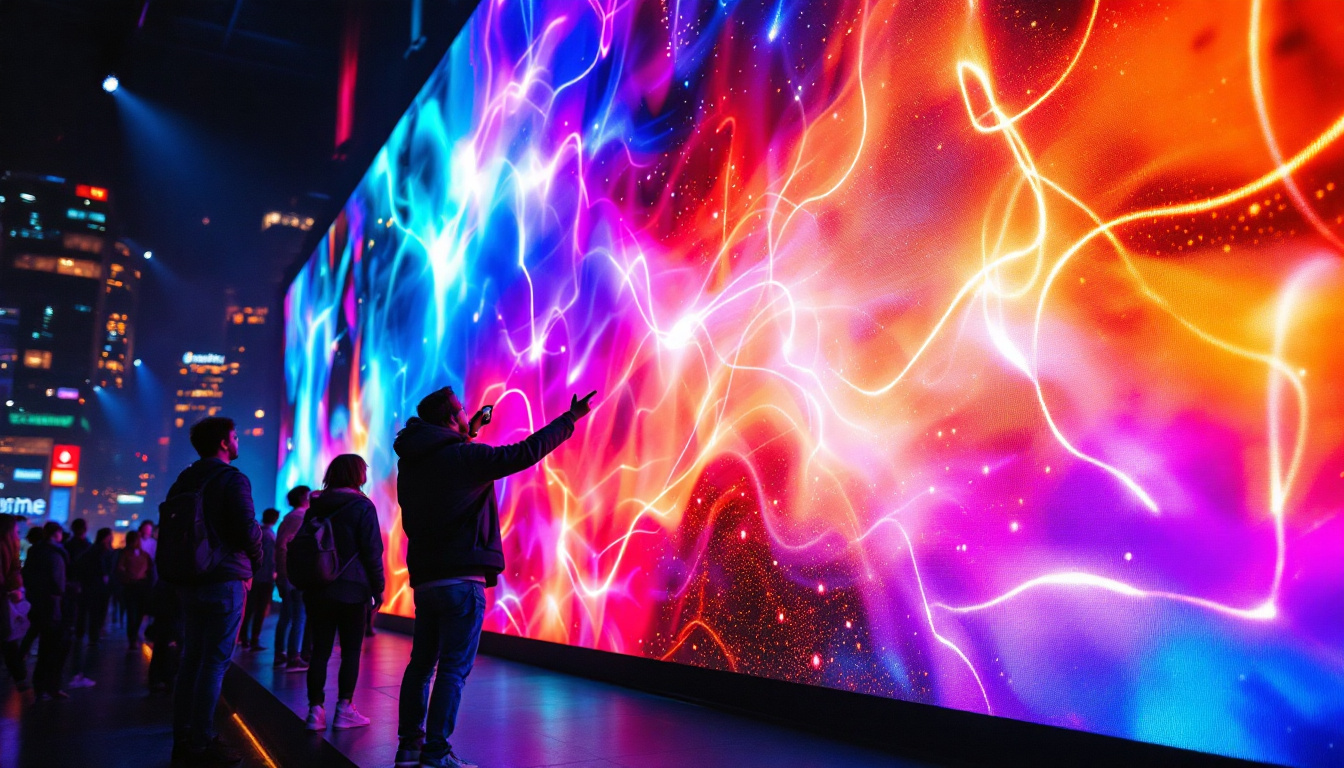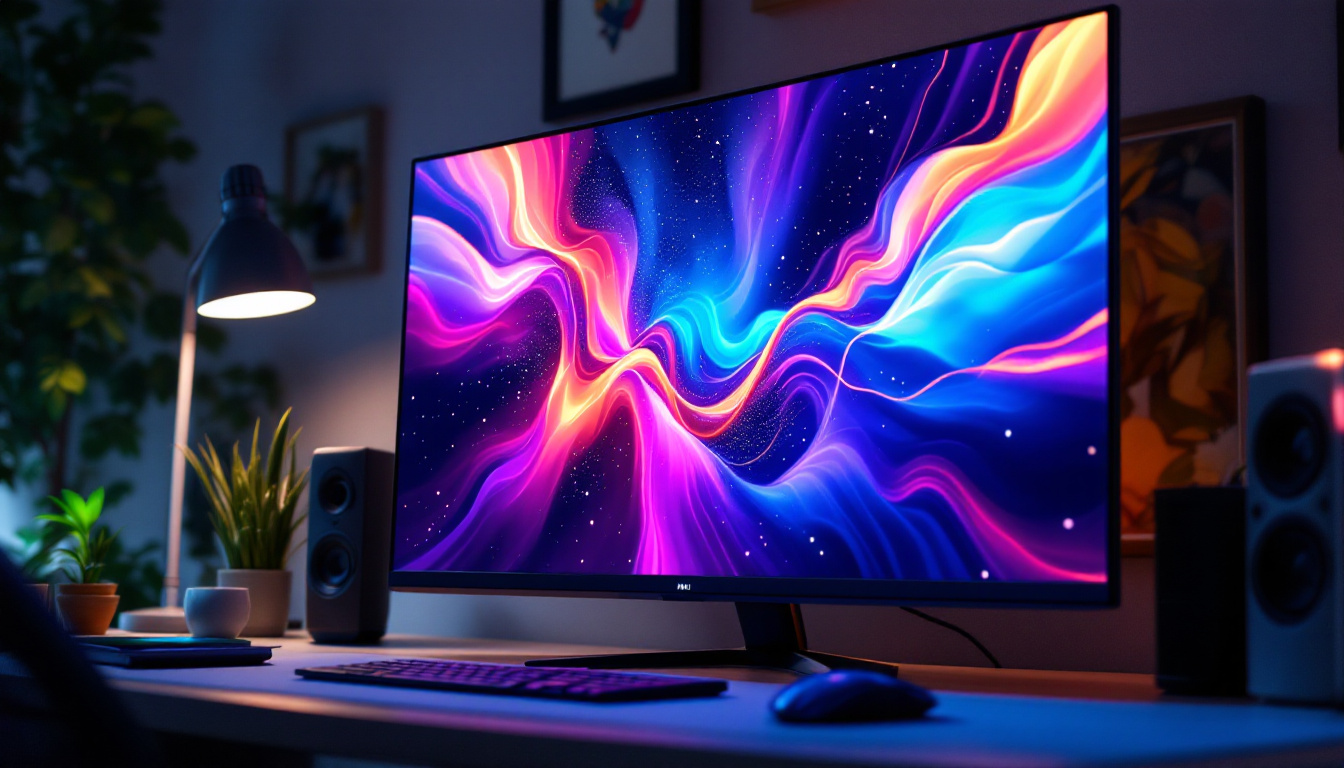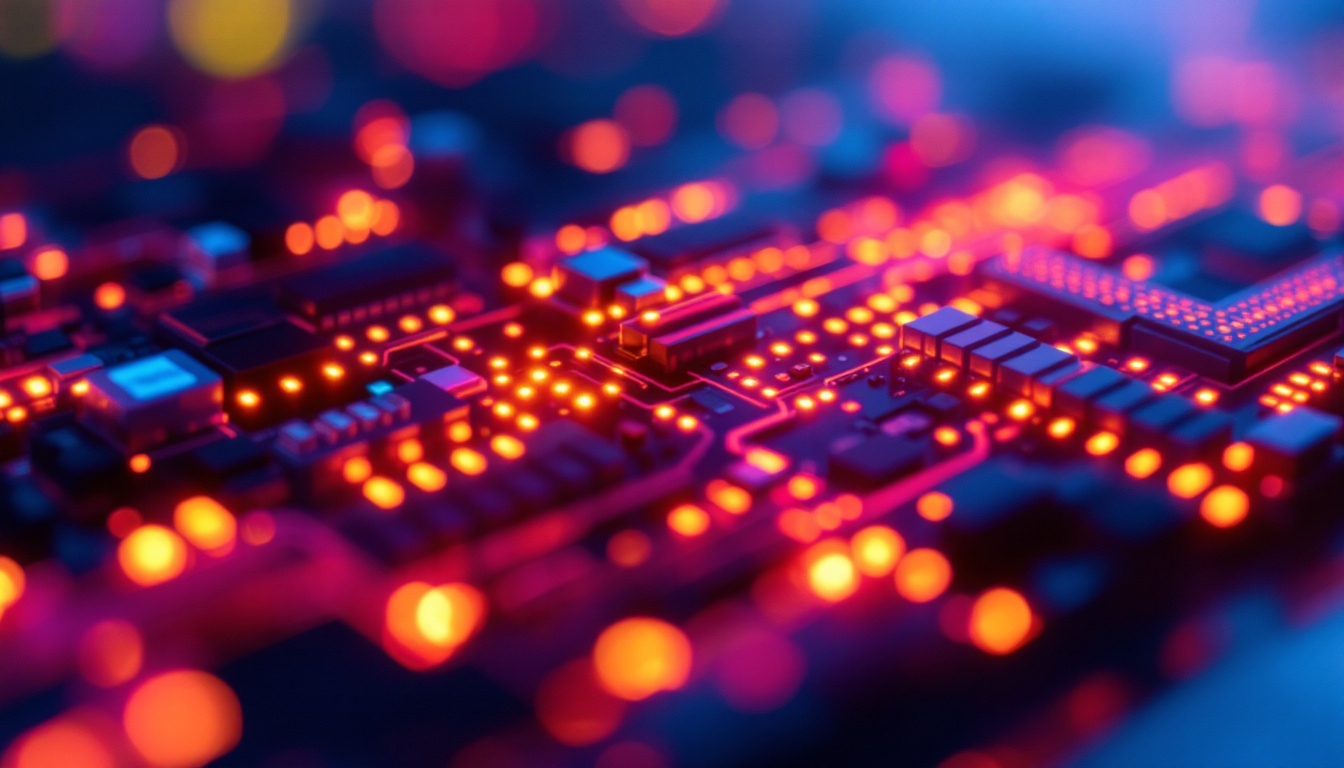In the ever-evolving world of display technology, two terms often come up in discussions: OLED (Organic Light Emitting Diode) and LED (Light Emitting Diode). While they may sound similar, they represent distinct technologies with unique characteristics and applications. This article delves into the intricacies of OLED and LED displays, exploring their differences, advantages, and ideal use cases.
Understanding LED Displays
LED displays have become ubiquitous in modern technology, found in everything from televisions to smartphones. They utilize a technology that employs light-emitting diodes to create images. The basic principle behind LED displays is relatively straightforward: when an electric current passes through a diode, it emits light. This simple mechanism has revolutionized the way we view content, providing sharper images and vibrant colors that enhance the viewing experience.
Types of LED Displays
There are primarily two types of LED displays: direct-lit and edge-lit. Direct-lit LED displays use a grid of LEDs behind the screen to illuminate the pixels, providing uniform brightness. On the other hand, edge-lit displays position LEDs along the edges of the screen, using light guides to distribute the light across the display. Each type has its pros and cons, impacting factors like thickness, brightness, and cost. Additionally, advancements in technology have led to the emergence of OLED (Organic LED) displays, which offer even greater flexibility in design and superior color accuracy, making them a popular choice for high-end televisions and mobile devices.
Advantages of LED Technology
One of the most significant advantages of LED technology is its energy efficiency. Compared to traditional LCDs, LED displays consume less power, making them more environmentally friendly and cost-effective in the long run. Additionally, LED displays can achieve higher brightness levels, making them suitable for use in well-lit environments. This capability is particularly beneficial for outdoor displays, where sunlight can wash out the images on less capable screens.
Moreover, LED displays offer excellent longevity. With a lifespan that can exceed 50,000 hours, they are designed to withstand prolonged use without significant degradation in quality. This durability makes them a popular choice for commercial applications, such as billboards and digital signage. Furthermore, the rapid response time of LED technology allows for smoother motion and better performance in fast-paced video content, making them ideal for gaming and sports broadcasts. As the technology continues to evolve, we can expect even more innovative applications, such as flexible displays that can be bent or curved, opening up new possibilities for design and functionality in both consumer and industrial markets.
Exploring OLED Technology
OLED technology represents a significant advancement in display technology. Unlike LED displays, which rely on backlighting, OLED displays are made up of organic compounds that emit light when an electric current is applied. This fundamental difference allows for a range of benefits that set OLED apart from traditional LED displays.
How OLED Works
In an OLED display, each pixel is made up of organic materials that emit light individually. This means that when a pixel is turned off, it produces no light, resulting in true blacks and an infinite contrast ratio. This capability allows OLED displays to produce vibrant colors and rich images that are often more visually appealing than those produced by LED displays.
Benefits of OLED Displays
One of the standout features of OLED technology is its ability to provide superior color accuracy and viewing angles. Since each pixel emits its own light, colors remain consistent regardless of the angle from which the display is viewed. This characteristic makes OLED displays ideal for applications where multiple viewers are present, such as in home theaters or public displays.
Additionally, OLED displays are thinner and more flexible than their LED counterparts. This flexibility opens up new possibilities for innovative designs, including curved and foldable screens. As a result, OLED technology is increasingly being used in smartphones, wearables, and even televisions.
Moreover, the energy efficiency of OLED displays is another compelling advantage. Because they do not require a backlight, OLED screens consume less power, particularly when displaying darker images. This not only extends battery life in portable devices but also contributes to lower energy costs in larger installations. Furthermore, the ability to create screens that can be turned on and off at the pixel level means that OLED displays can significantly reduce energy consumption during use, making them a more environmentally friendly option.
Another interesting aspect of OLED technology is its rapid response time. OLED displays can change colors faster than traditional LCDs, which is particularly beneficial for fast-moving images in gaming or sports broadcasts. This quick response time reduces motion blur, providing a smoother viewing experience that enhances the overall enjoyment of dynamic content. As technology continues to evolve, we can expect further improvements in OLED performance, making it an even more attractive choice for consumers and manufacturers alike.
Comparing OLED and LED Displays
While both OLED and LED displays have their advantages, understanding their differences is crucial for making informed decisions about which technology to choose for specific applications. Below are some key comparisons between the two.
Image Quality
When it comes to image quality, OLED displays generally outperform LED displays. The ability to achieve true blacks and an infinite contrast ratio gives OLED an edge in producing lifelike images. In contrast, LED displays often struggle with black levels, as the backlighting can cause light bleed, resulting in washed-out dark scenes. Furthermore, OLED technology allows for a wider color gamut, which means that colors can appear more vibrant and true to life. This is particularly beneficial for professional photographers and graphic designers who require precise color representation in their work.
Brightness and Outdoor Use
LED displays excel in brightness, making them more suitable for outdoor environments where ambient light can interfere with visibility. High-brightness LED displays can be easily seen in direct sunlight, making them ideal for digital billboards and outdoor signage. However, OLED displays can sometimes struggle in bright conditions, as their lower peak brightness can lead to reflections and glare. This limitation can be mitigated in some OLED models that feature advanced anti-reflective coatings, but it still remains a consideration for users who plan to use their displays in well-lit areas. Additionally, the energy efficiency of LED displays in bright conditions can be a significant advantage, as they can maintain high brightness levels without consuming excessive power.
Longevity and Burn-In
While both technologies are durable, LED displays typically have a longer lifespan compared to OLED. However, OLED displays are susceptible to a phenomenon known as “burn-in,” where static images can leave a permanent mark on the screen if displayed for extended periods. This is particularly relevant for applications that display static content, such as logos or news tickers. To counteract this issue, many manufacturers have implemented features like pixel shifting and screen savers, which help to minimize the risk of burn-in. Additionally, the longevity of OLED displays can be affected by the type of content being viewed; for instance, watching a lot of content with static elements can accelerate wear on the pixels. Understanding these nuances is essential for users who want to maximize the lifespan of their display technology.
Applications of OLED and LED Displays
The choice between OLED and LED displays often depends on the intended application. Each technology has its strengths, making them suitable for different scenarios.
Consumer Electronics
In the realm of consumer electronics, OLED displays have gained popularity in high-end televisions and smartphones. Their superior image quality and vibrant colors make them ideal for watching movies and playing games. Brands have leveraged OLED technology to create immersive experiences that captivate users.
On the other hand, LED displays are widely used in budget-friendly devices and larger screens, such as televisions and monitors. Their cost-effectiveness and brightness make them suitable for a broader range of consumers.
Commercial Use
In commercial settings, LED displays are often the go-to choice for digital signage and advertising. Their high brightness levels and durability make them perfect for outdoor applications, where visibility is crucial. Retailers frequently use LED displays to showcase promotions and engage customers in-store.
Conversely, OLED displays are increasingly being adopted in luxury retail environments and art galleries, where high-quality visuals are paramount. Their ability to produce stunning images makes them an attractive option for showcasing products in a visually appealing manner.
The Future of Display Technology
As technology continues to advance, both OLED and LED displays are likely to evolve further. Innovations in materials and manufacturing processes are paving the way for even better performance and new applications.
Emerging Trends
One of the most exciting trends in display technology is the development of MicroLED displays. This technology combines the best aspects of OLED and LED, offering the potential for high brightness, excellent color accuracy, and no burn-in issues. MicroLED displays are still in their infancy, but they hold promise for the future of display technology.
Additionally, advancements in OLED technology are focused on improving longevity and reducing the risk of burn-in. Manufacturers are exploring new materials and techniques to enhance the durability of OLED displays, making them more viable for a wider range of applications.
Sustainability Considerations
As environmental concerns grow, sustainability is becoming a critical factor in display technology. Both OLED and LED manufacturers are working to reduce their environmental impact through more efficient production processes and recyclable materials. The future of display technology will likely prioritize eco-friendly practices to meet consumer demand for sustainable products.
Conclusion
In summary, OLED and LED displays each offer unique advantages and disadvantages that cater to different needs and preferences. OLED displays excel in image quality and color accuracy, making them ideal for high-end consumer electronics and luxury applications. In contrast, LED displays shine in brightness and durability, making them suitable for outdoor use and commercial applications.
As technology continues to evolve, both OLED and LED displays will play significant roles in shaping the future of visual experiences. Understanding the strengths and weaknesses of each technology is essential for consumers and businesses alike, ensuring that the right choice is made for every application.
Ultimately, the choice between OLED and LED will depend on specific requirements, budget considerations, and personal preferences. As the market continues to innovate, consumers can look forward to even more exciting developments in display technology in the years to come.
Discover LumenMatrix’s Innovative LED Solutions
As you consider the future of display technology for your personal or business needs, LumenMatrix stands at the forefront, ready to illuminate your world with our advanced LED display modules. Whether you’re looking to enhance your brand’s visibility with an Indoor LED Wall Display, captivate passersby with an Outdoor LED Wall Display, or create dynamic visual experiences with our range of Custom LED Displays and more, LumenMatrix has the solution. Embrace the power of cutting-edge LED technology and let your message shine with clarity and impact. Check out LumenMatrix LED Display Solutions today and step into a brighter, more engaging visual future.

